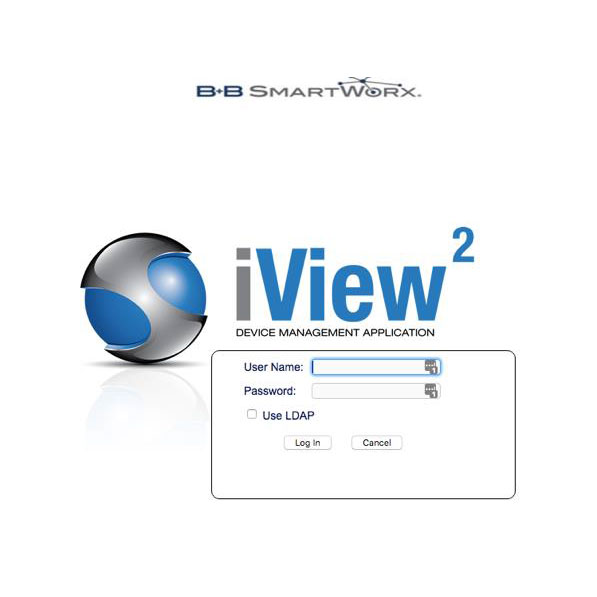1. EXECUTIVE SUMMARY
- CVSS v3 9.1
- ATTENTION: Exploitable remotely/low attack complexity
- Vendor: Advantech
- Equipment: iView
- Vulnerabilities: Missing Authentication for Critical Function, SQL Injection
2. RISK EVALUATION
Successful exploitation of these vulnerabilities could allow an attacker to disclose information and perform remote code execution.
3. TECHNICAL DETAILS
3.1 AFFECTED PRODUCTS
The following versions of Advantech’s iView product are affected:
- iView versions prior to v5.7.03.6182
3.2 VULNERABILITY OVERVIEW
3.2.1 MISSING AUTHENTICATION FOR CRITICAL FUNCTION CWE-306
The affected product’s configuration is vulnerable due to missing authentication, which may allow an attacker to change configurations and execute arbitrary code.
CVE-2021-32930 has been assigned to this vulnerability. A CVSS v3 base score of 7.5 has been calculated; the CVSS vector string is (AV:N/AC:L/PR:N/UI:N/S:U/C:N/I:N/A:H).
3.2.2 IMPROPER NUETRALIZATION OF SPECIAL ELEMENTS USED IN AN SQL COMMAND (‘SQL INJECTION’) CWE-89
The affected product is vulnerable to a SQL injection, which may allow an unauthorized attacker to disclose information.
CVE-2021-32932 has been assigned to this vulnerability. A CVSS v3 base score of 9.1 has been calculated; the CVSS vector string is (AV:N/AC:L/PR:N/UI:N/S:U/C:H/I:N/A:H).
3.3 BACKGROUND
- CRITICAL INFRASTRUCTURE SECTORS: Multiple
- COUNTRIES/AREAS DEPLOYED: East Asia, Europe, United States
- COMPANY HEADQUARTERS LOCATION: Taiwan
3.4 RESEARCHER
Selim Enes Karaduman @enesdex, working with Trend Micro’s Zero Day Initiative, reported these vulnerabilities to CISA.
4. MITIGATIONS
Advantech recommends updating firmware to Version 5.7.03.6182 to address these vulnerabilities.
CISA recommends users take defensive measures to minimize the risk of exploitation of this vulnerability. Specifically, users should:
- Minimize network exposure for all control system devices and/or systems, and ensure that they are not accessible from the Internet.
- Locate control system networks and remote devices behind firewalls, and isolate them from the business network.
- When remote access is required, use secure methods, such as Virtual Private Networks (VPNs), recognizing VPNs may have vulnerabilities and should be updated to the most current version available. Also recognize VPN is only as secure as its connected devices.
CISA reminds organizations to perform proper impact analysis and risk assessment prior to deploying defensive measures.
CISA also provides a section for control systems security recommended practices on the ICS webpage on us-cert.cisa.gov. Several recommended practices are available for reading and download, including Improving Industrial Control Systems Cybersecurity with Defense-in-Depth Strategies.
Additional mitigation guidance and recommended practices are publicly available on the ICS webpage on us-cert.cisa.gov in the Technical Information Paper, ICS-TIP-12-146-01B–Targeted Cyber Intrusion Detection and Mitigation Strategies.
Organizations observing any suspected malicious activity should follow their established internal procedures and report their findings to CISA for tracking and correlation against other incidents.
No known public exploits specifically target these vulnerabilities.
Source:


Stay connected